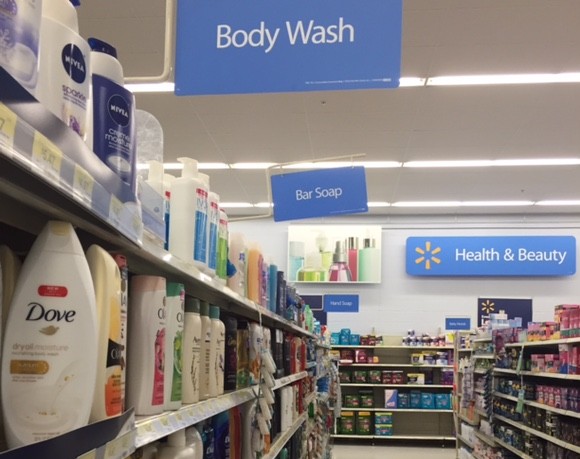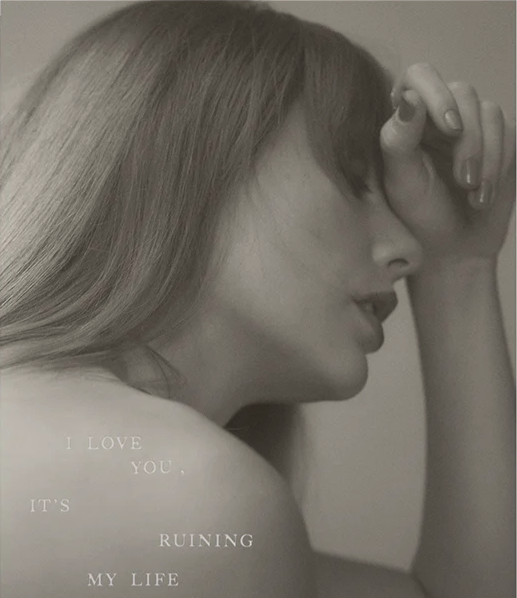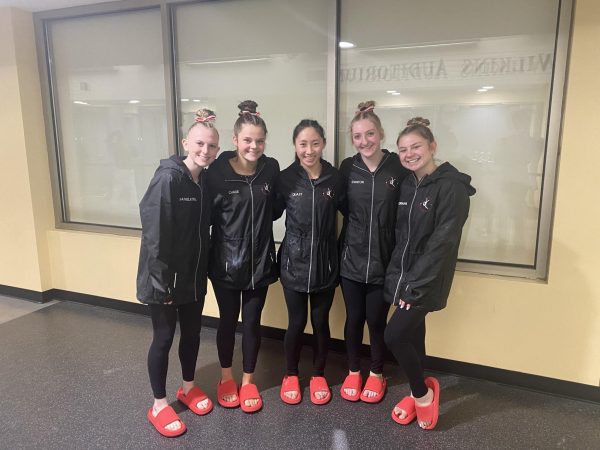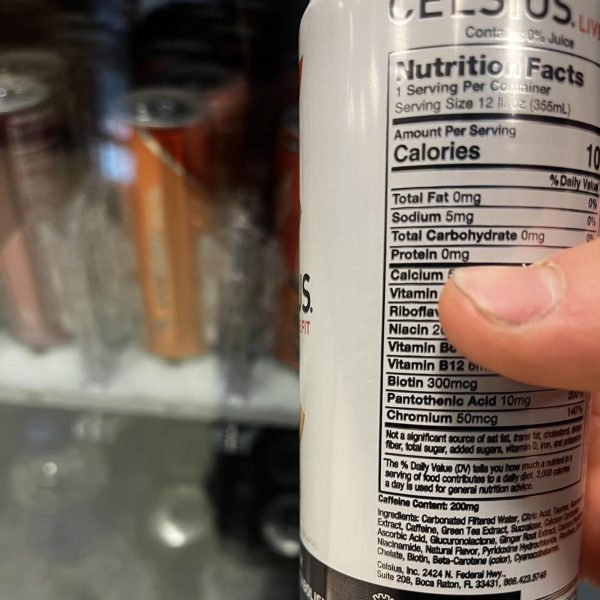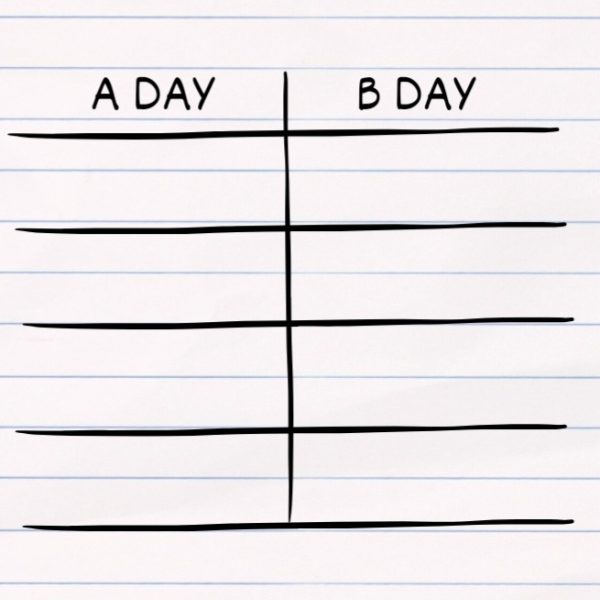‘Pink tax’ causes high female product prices
Men get one-to-two aisles to themselves in the body care section of any retail store. Women, on the other hand, can have ten or more aisles designated to female products. The shelves are laid with different smelling shampoos and hair-care products that are meticulously grouped with a tag on every product to show that beauty is not without a price. However, when comparing a women’s generic four-blade razor with the same product packaged in blue for men, the price seems to differ. Women are paying more for products in pink, than the nearly identical product packaged in blue for men.
Lately there has been controversy about women’s products costing more than the same product marketed towards men.
For example, Men’s Dove Clean Comfort soap bar costs ten cents less compared to Women’s Beauty Bar soap bar. Both women’s and men’s bars of Dove soap have almost identical ingredients. The only main difference is the addition of color to the bar for men. The additional ten cents added to the women’s product is known as the Pink Tax.
However, Dove soap bars are not the only products that are more expensive for women. Hygienic products like these are actually relatively close in price for men and women and the cost gap can usually be justified. When comparing women’s versus men’s hunting gear, the price gap is exaggerated with the addition of the color pink.
“I hunt and if I buy women’s [clothing], it’s more expensive, but not as good quality,” paramedic Jenelle Anacker said.
For example, a “man’s” jacket will be more thick, and be made of a stronger material, whereas a “woman’s” jacket will consist of a considerable less amount of material, but be more expensive than the better quality men’s jacket.
“I bought a men’s pair [of boots] and it was $50-70 less than the women’s version without even having pink on it or something so it’s more appropriate. They assume they need to put pink in it because that’s what girls want, but I don’t want that. I’m there to hunt,” Anacker said.
However, it is still difficult to determine the overall existence of the Pink Tax. Women assuredly have a bigger selection in shampoos and conditioners which makes it difficult to fully compare men and women’s products. The same goes for the selection of razors offered to both genders. Although women have a greater selection of hair-care products, men have a much larger selection in terms of razors.
“They know women are more likely to buy products that are advertised as being ‘bigger and better,'” teacher Diana Villeneuve said.
They know women are more likely to buy products that are advertised as being ‘bigger and better.
— Diana Villeneuve
The color expressed in packaging when targeting the female audience insinuates that because a product has flashier wrapping, it is automatically better than than the package in blue or grey.
When a product is marketed towards women, it can be assumed that the product was designed specifically for women and that perhaps it would not have the same effect if a man were to use the same product. The reverse can be said about men’s products. Women do not feel like they can use men’s products because they could be lacking the ingredients to “make your hair shine” or “make skin feel silky smooth.” When it comes down to it, men and women’s hygiene products have similar if not equal ingredients, but marketers know women will tend to buy a product based on the looks and quality.
The battle is always being fought in society about whether or not the world can become “fair” and “equal.” America is always working to hold true to the phrase “All men (and women) are created equal.” Something should be done about the Pink Tax.
Not all areas of the Pink Tax should be fixed. Perhaps women should just accept the extra ten cents in the hygienic aisles, or simply buy the men’s Dove soap if they want to save money. Quality is the same for men’s and women’s products in this category and the price gap is not quite big enough to break the bank. It is the bigger and more valuable products, like hunting gear, that should be brought to a more level playing field. Instead of spending money on a product decorated in pink labeled “for women,” money should be spent on gender neutral products to deter the encouragement of the Pink Tax.


